


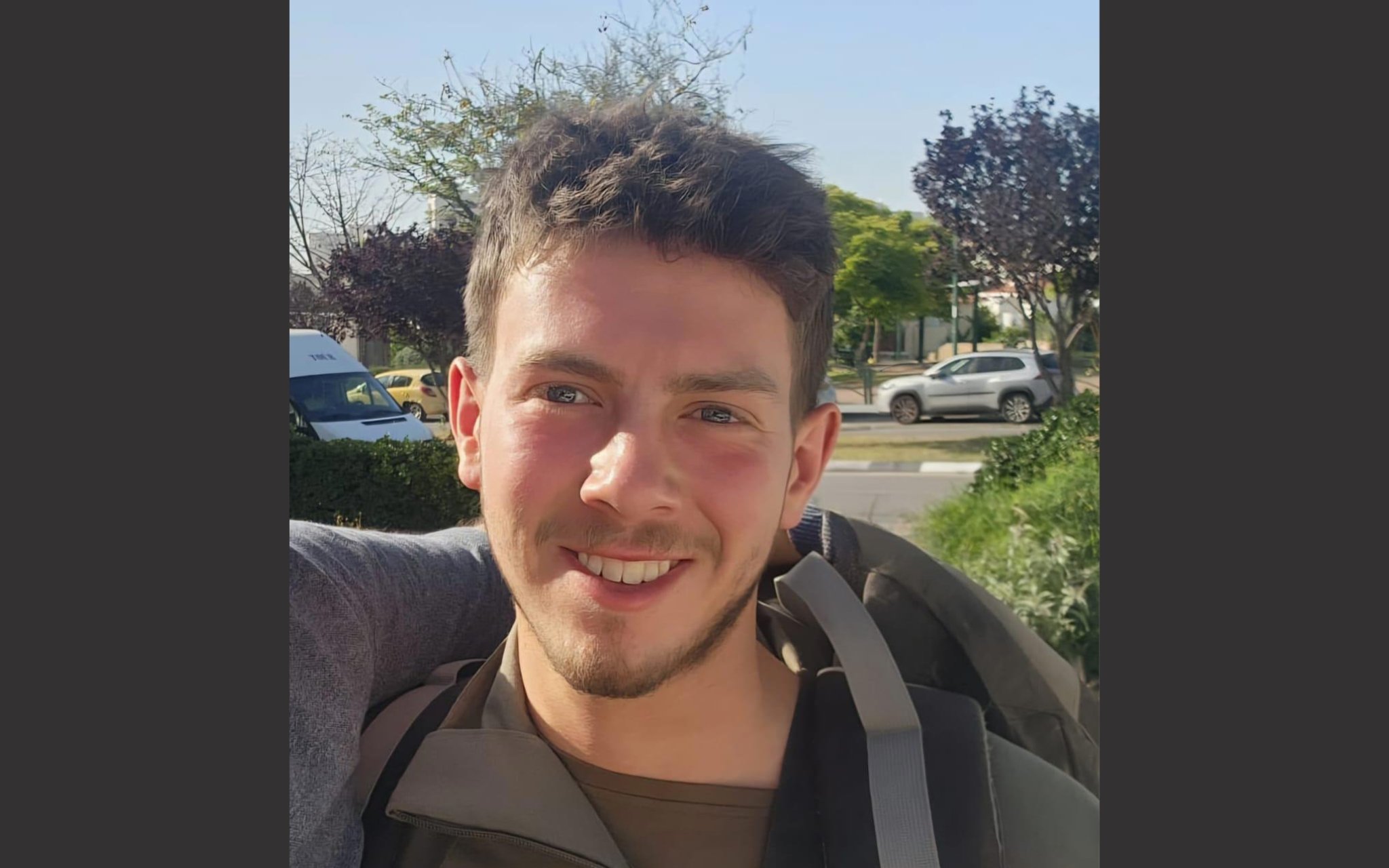
An Israel Defense Forces soldier was killed during fighting in the northern Gaza Strip, the military announced on Wednesday, as it continued its push further into northern Gaza.
The slain soldier was named as Sgt. Yaniv Michalovitch, 19, a tank crew member in the 82nd Battalion of the 7th Armored Brigade, from Rehovot.
According to the IDF, Michalovitch was killed in combat in the northern part of the Strip. A tank commander and another soldier from the same battalion were seriously wounded in the same incident.
In a separate battle in northern Gaza, a soldier from the Egoz unit of the Commando Brigade was also seriously wounded.
All of the wounded soldiers were evacuated to a hospital for medical treatment, and their families have been notified.
Michalovitch’s death brings Israel’s toll in the ground offensive against Hamas in Gaza and in military operations along the border with to 442. The toll includes two police officers and three Defense Ministry civilian contractors.
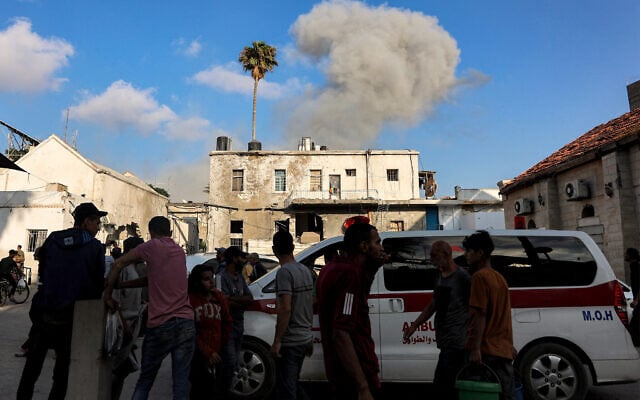
Also Wednesday, two rockets were launched from the northern Gaza Strip, triggering sirens in the city of Sderot and the nearby town of Ibim. Both projectiles were intercepted by the Israeli Air Force, with no reports of impacts or injuries.
A few hours later, the military’s Arabic-language spokesperson issued an evacuation warning for residents in several neighborhoods of Gaza City — including Tuffah, Daraj and the Old City — ahead of expected IDF operations in the area.
The statement said the IDF was operating with “very strong force” and would strike “any area used to launch rockets toward Israel.”
Residents in the affected areas were urged to evacuate immediately southward to the humanitarian zone in al-Mawasi and to refrain from returning to the designated combat zones.
Meanwhile, the IDF and Shin Bet announced that they had killed two Hamas operatives responsible for the deaths of seven Israeli soldiers in a deadly ambush in Khan Younis on June 24.
According to a joint statement, an Israeli Air Force drone, directed by the Shin Bet and the IDF’s 188th Armored Brigade, struck and killed Mosaab Yasser Abdallah Galban and Abd al-Latif Mousa Hagag Barbakh in the Khan Younis area on Thursday last week.
The two were involved in the ambush that killed seven IDF soldiers: Lt. Matan Shai Yashinovski, 21; Staff Sgt. Ronel Ben-Moshe, 20; Staff Sgt. Niv Radia, 20; Sgt. Ronen Shapiro, 19; Sgt. Shahar Manoav, 21; Sgt. Maayan Baruch Pearlstein, 20; and Staff Sgt. Alon Davidov, 21.
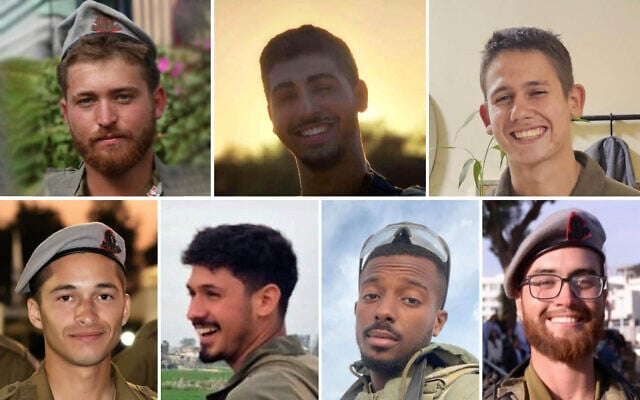
Earlier in the day, while visiting IDF troops in Rafah, Defense Minister Israel Katz told soldiers that Israel won’t “give up or compromise” on defeating Hamas or recovering the remaining hostages held in Gaza.
Katz was accompanied by Southern Command head Maj. Gen. Yaniv Asor, Gaza Division commander Brig. Gen. Barak Hiram, Tourism Minister Haim Katz, and senior officers from reserve brigades operating in the Strip.
“The maneuver is aimed at achieving two goals — returning the hostages and ensuring Hamas no longer exists here. We will not let go of this objective,” Israel Katz told troops.
“To kill the enemy, bring the hostages home and win — that is our mission. There’s no chance we’ll give it up or compromise on it,” he said. “Hamas has not changed. It wants to continue what it did and to destroy [Israel].”
Katz also accused Hamas of working with Iran to implement its plan to destroy Israel by launching missile attacks and coordinating invasions from Gaza, Syria, Lebanon, Jordan and other fronts.
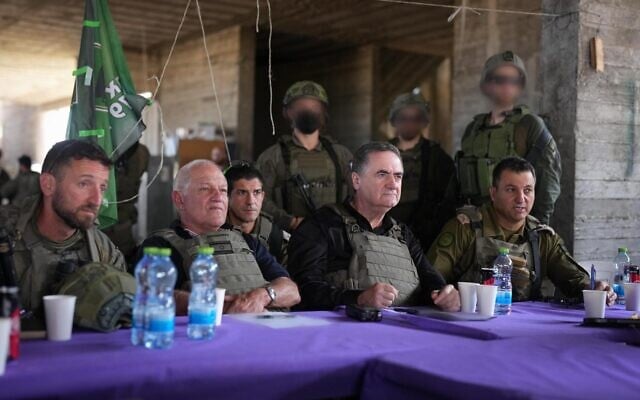
Along with Katz’s visit, the IDF announced a partial reduction of the closed military zone in Israel along the Gaza border in line with a new situational assessment, allowing additional civilian areas in the Western Negev to reopen for the first time since October 7, 2023.
The affected areas had been closed to civilian movement since Hamas’s October 7 onslaught, which triggered the ongoing war and led to the imposition of broad security restrictions in the border area.
The updated order, signed by the head of the Southern Command Maj. Gen. Yaniv Asor, limits the closed military zone to areas outlined in a revised map, which includes key roads and areas adjacent to the Gaza Strip.
Entry into these zones remains restricted. Only permanent residents, authorized agricultural workers and individuals conducting essential work — coordinated through the IDF Gaza Division and Home Front Command — will be granted entry. Violators of the order may face legal action.
The order remains in effect until August 31, unless modified earlier.
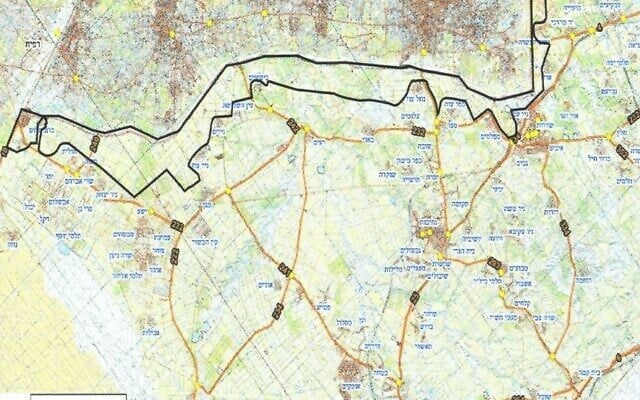
On Wednesday morning, Palestinian media reported that seven people were killed by Israeli fire while waiting for humanitarian aid in Gaza’s Netzarim Corridor overnight, adding to the growing toll of those said to have been killed at or near the Gaza Humanitarian Foundation (GHF) aid sites.
After the reports, the IDF said it is looking into the incident and has launched an investigation, adding that it has no information at this stage confirming any casualties but is reviewing the details.
There have been repeated instances of Palestinians being shot near aid distribution sites, with Hamas’s health ministry claiming the death toll is over 500. The IDF has said it is investigating, and denied that troops are ordered to open fire on civilians.
On Monday, after weeks of reported incidents, the IDF released a statement acknowledging that Palestinian civilians have been killed and injured by its fire near aid distribution sites, including by artillery fire, but claimed that the tolls provided by Hamas authorities are exaggerated.
The military also announced that it “reorganized the access routes” to the humanitarian hubs, adding new fencing and signage along with additional paths to the aid sites, and that they have revised their methods of crowd control at the sites after “learning lessons” from their probes of the incidents.
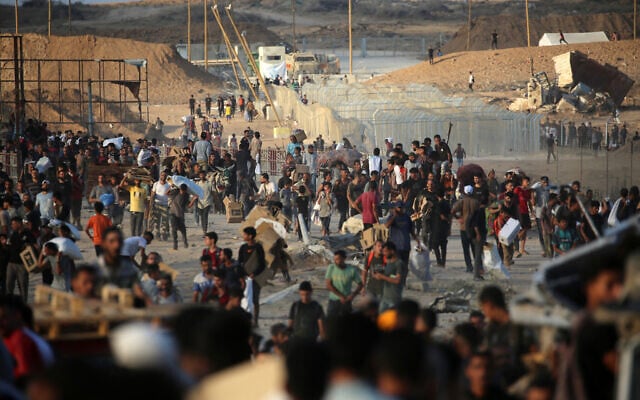
Later Wednesday, media outlets in Gaza reported that Marwan Sultan, the director of the Indonesian Hospital in northern Gaza, was killed in an Israeli strike.
According to the reports, he was killed along with his wife and other relatives when his home in Gaza City was hit.
In the past, the IDF has said that Hamas used the Indonesian Hospital as a base for its terror activities and had fired at Israeli forces from the site. The hospital was cleared by the IDF several weeks ago and is no longer operational.
The IDF has not yet responded to the reports.
Gaza’s Hamas-run civil defense agency said seven people were killed in the strike early Wednesday afternoon, including Sultan, his wife and at least three of his children. The doctor’s body was taken to the Al-Shifa hospital in Gaza City, where mourners gathered around it, AFP journalists reported.
“His face was unrecognizable, we could barely identify him,” the director of that facility, Mohammad Abu Salmiya, told AFP.
“His whole life was devoted to medicine and the struggle to treat patients,” the doctor’s surviving daughter Lubna Sultan told AFP. “There is no justification for targeting him and his martyrdom.”
The Medical Emergency Rescue Committee, the group that runs the hospital, called the killing of the doctor and his family “a flagrant violation of humanitarian principles and a grave act of injustice,” saying those responsible “must be held accountable.”
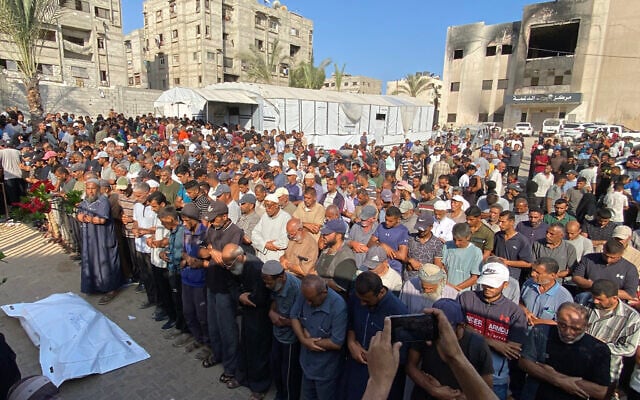
The Hamas-run interior ministry in Gaza on Wednesday issued an unusual statement calling on the leader of a clan supported by Israel operating in the Rafah area to turn himself in to the “relevant authorities” — i.e. Hamas — for prosecution within 10 days.
In the statement, the interior ministry accused Yasser Abu Shabab, an armed gang leader opposed to Hamas, of treason, forming an illegal armed gang and leading an armed rebellion.
The Abu Shabab clan operates in western Rafah, an area under Israeli security control. According to footage published by the clan, it has been securing humanitarian aid entering the area and has even established residential compounds. Israel recently acknowledged that it had transferred weapons to local actors as part of its effort to weaken Hamas, after reports that it had armed Abu Shabab.
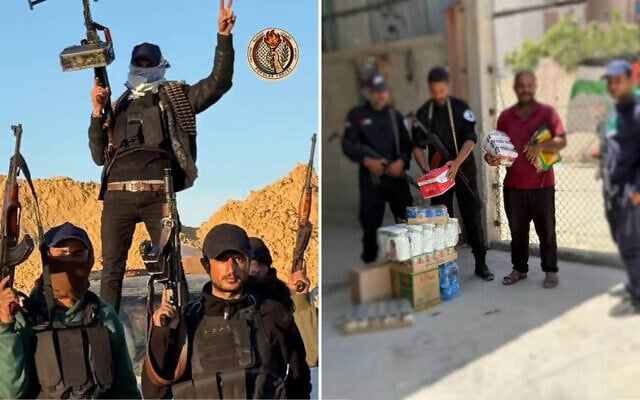
The statement did not specify what measures would be taken if Abu Shabab fails to surrender to Hamas. Gazan media outlets have reported in recent weeks that Hamas has attempted unsuccessfully to assassinate Abu Shabab, whose gang is thought to have previously been involved in drug running and aid looting.
The ministry also called on the public to come forward with any information regarding his whereabouts.
Hamas rules Gaza with an iron fist, and while it allows the presence of smaller groups and various local clan power structures, it has allowed little space for political dissent or support for Israel, executing Gazans who have protested the terror group’s control of the Strip and many others it accuses of collaboration.
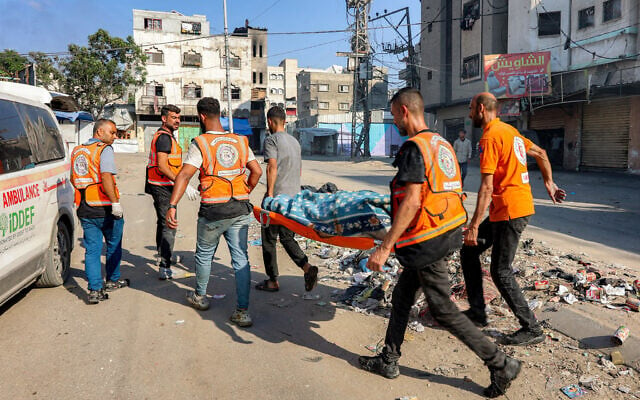
Israel launched its campaign in Gaza following the October 7, 2023, Hamas assault on southern Israel, in which some 1,200 people were killed and 251 were taken hostage.
Terror groups in the Gaza Strip are holding 50 hostages, including 49 abducted by Hamas-led terrorists on October 7, 2023. They include the bodies of at least 28 confirmed dead by the IDF. Twenty are believed to be alive and there are grave concerns for the well-being of two others, Israeli officials have said. Hamas is also holding the body of an IDF soldier killed in Gaza in 2014.
The Hamas-run Gaza health ministry says more than 57,000 people in the Strip have been killed or are presumed dead in the fighting so far, though the toll cannot be verified and does not differentiate between civilians and fighters. Israel says it has killed some 20,000 combatants in battle as of January and another 1,600 terrorists inside Israel during the October 7 onslaught.
